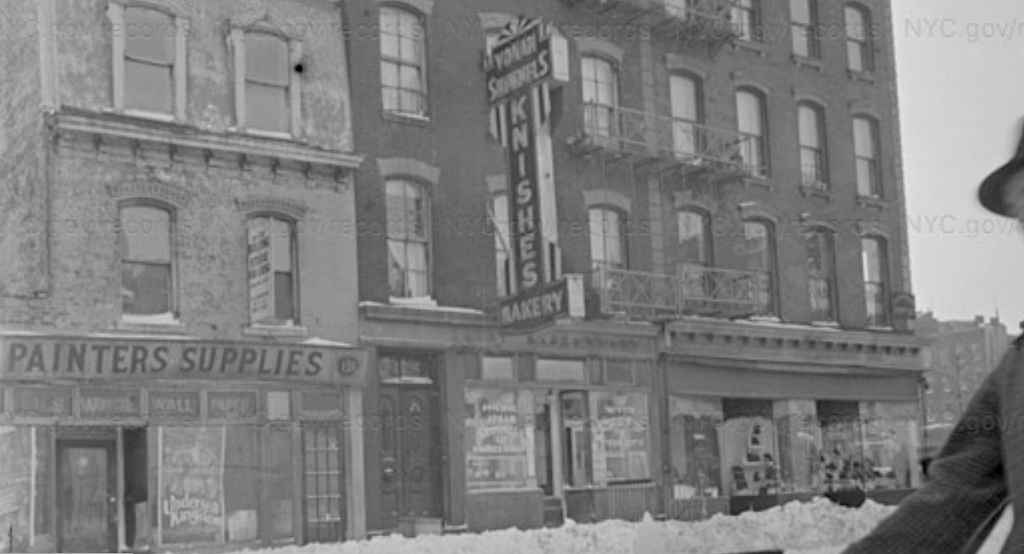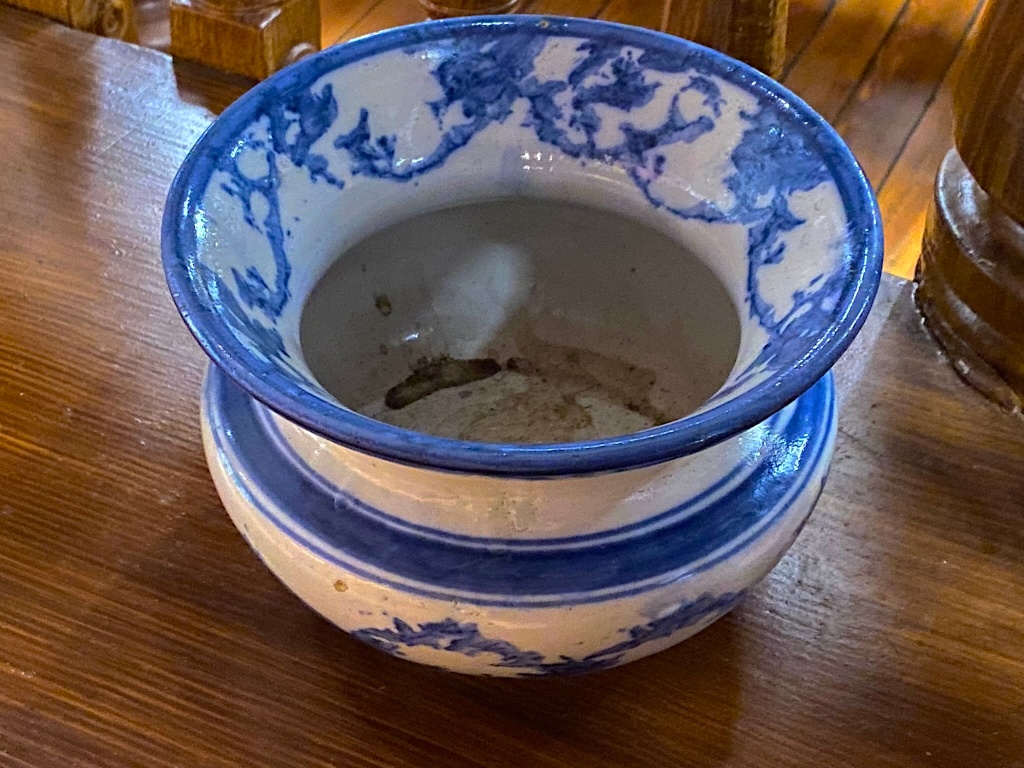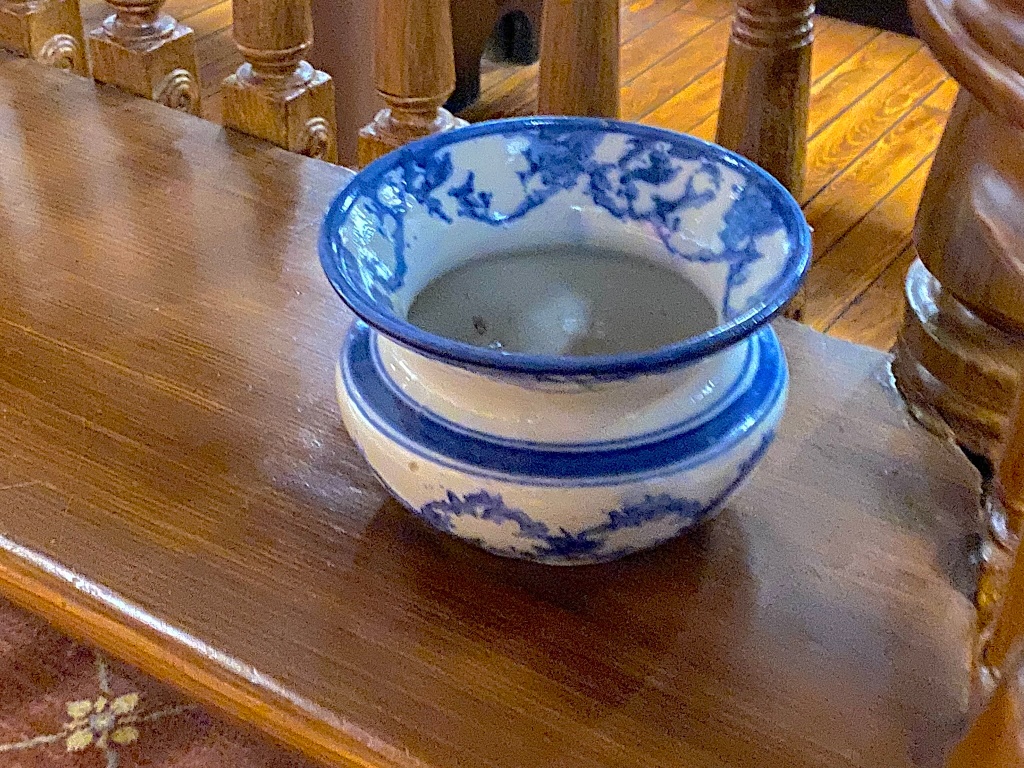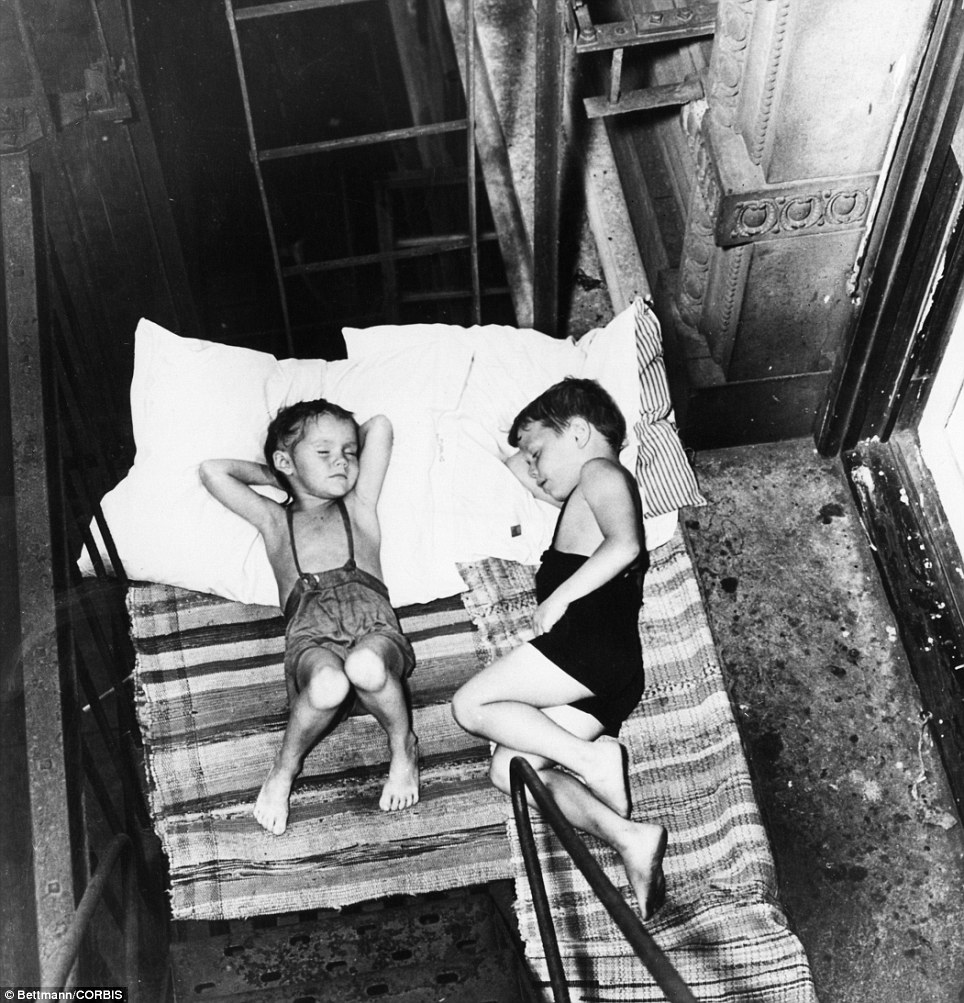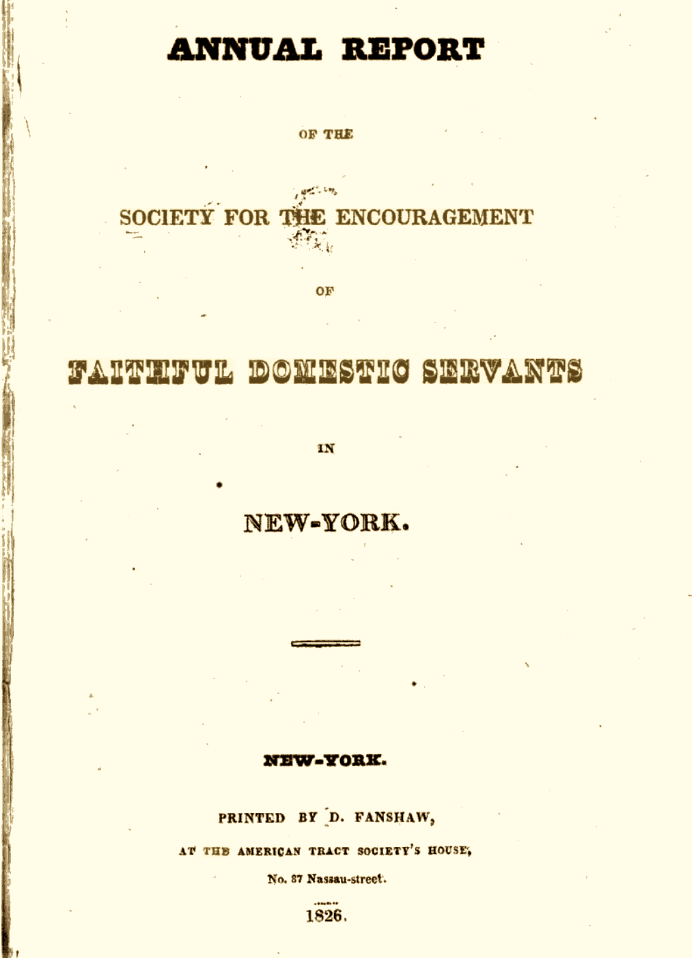The R.M.S. Titanic went to its watery grave in the Atlantic Ocean on the morning of April 15, 1912. Few cities felt the tragedy as deeply as New York City.
At the end of its maiden voyage, the luxurious ship was set to dock at the White Star Line’s Pier 59, near today’s Chelsea Piers. Instead, 706 dazed survivors picked up by the R.M.S. Carpathia disembarked a few blocks away at Pier 54—greeted by a crowd of thousands desperate for news about the iceberg that sank the ship and the whereabouts of family members.
St. Vincent’s Hospital tended to survivors; Lower Manhattan hotels put them up as guests. The Women’s Relief Committee, a newly formed group made up of prominent society ladies, raised thousands of dollars for stranded passengers, especially those in steerage.
Influential and lesser-known residents went down with the ship, including Macy’s owner Isidor Straus and his wife, Ida, and John Jacob Astor IV (the son of Mrs. Astor, the society leader). Their absence was felt immediately in a city stunned with grief.
In response to so much tragedy, no time was wasted planning a monument to the lives lost—one that would function as not just a memorial but also as a guiding light for ships in New York Harbor.
“The Seaman’s Benefit Society has undertaken the task of collecting the funds for the erection of a permanent memorial to the men and women lost on the Titanic in the form of a lighthouse tower on the new Seaman’s Institute at the corner of Coenties Slip and South Street,” wrote the New York Times on April 23, 1912.
The lighthouse memorial, which would have a lantern gallery and a fixed green light viewable as far away as Sandy Hook, was to be topped by a time ball that dropped down a pole at noon, so seaman could set their chronometers (and Lower Manhattan dwellers could set their watches).
Though it honored everyone who went down with the ship, the memorial would be “in memory of the engineers who sent their stokers up while they went to certain death; the members of the heroic band who played while the water crept up to their instruments; and of the officers and crew who put duty above personal safety,” noted the Times.
“It will be given in memory of those in the steerage who perished without ever realizing their hopes of a new land, the America of endless possibilities.”
Putting the memorial on top of the new Seaman’s Institute was also a fitting choice. This organization, launched in 1834 as the Seaman’s Church Institute, helped take care of the thousands of sailors who came to New York City on the many vessels over the years that made shipping and trade a powerhouse of Gotham’s economy.
The cornerstone for the Institute’s new building went in the ground on the morning of the sinking of the Titanic. One year later, the completed building—featuring dormitory rooms, a bank, library, and chapel—hosted a dedication service for the Titanic Memorial Lighthouse perched on its roof.
The lighthouse, designed by Warren & Wetmore (the architects behind Grand Central Terminal) went into service that November, according to the South Street Seaport Museum.
For the next 55 years, as ship traffic decreased in New York Harbor and South Street’s fortunes turned, the Titanic memorial with its time ball stayed in service on the roof. In 1968, the Seaman’s Institute moved to a new headquarters on State Street. The top of the Titanic Memorial was given to the South Street Seaport Museum.
But it wasn’t until 1976 when the memorial lighthouse went up on a triangular corner at Pearl and Fulton Streets (now known as Titanic Memorial Park), held in place by a concrete podium. The time ball is also gone; it’s been replaced by an ornamental sphere.
Here it still stands, a memorial to a maritime disaster that hit the city hard and remains in the public imagination.
I’m not the only one who has noticed it could use some TLC. A group dedicated to restoring the monument has formed, according to a 2022 New York Times piece. But a costly restoration of a relic not many passersby notice remains uncertain.
[Second photo, NYPL, 1915; Third photo, MCNY, 88.1.1.2369; fourth photo, MCNY by Edmund Vincent Gillon; 2013.3.1.960]








